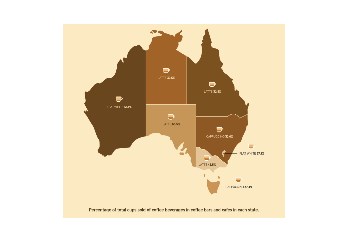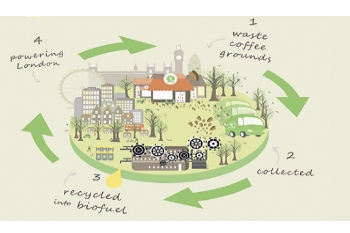‘In Australia, coffee isn’t fuel for work – it’s a way of life’. Milkman (2016).
While coffee may be a global commodity, and coffee shop cultures have emerged across the world, each country tends to have its own flavour of coffee shop culture, each with their own histories, influenced by the movement of people and commodities around the globe. A particularly interesting case is Australia, described as the world’s ‘coffee capital’ by Perfect Daily Grind, which has a well-established coffee shop culture where the independent coffee shop dominates the landscape. It has been argued that Australian coffee culture has now achieved an important status representing “time out” warmth, intimacy and sophistication, with baristas representing cultural icons [Sign in to continue]




